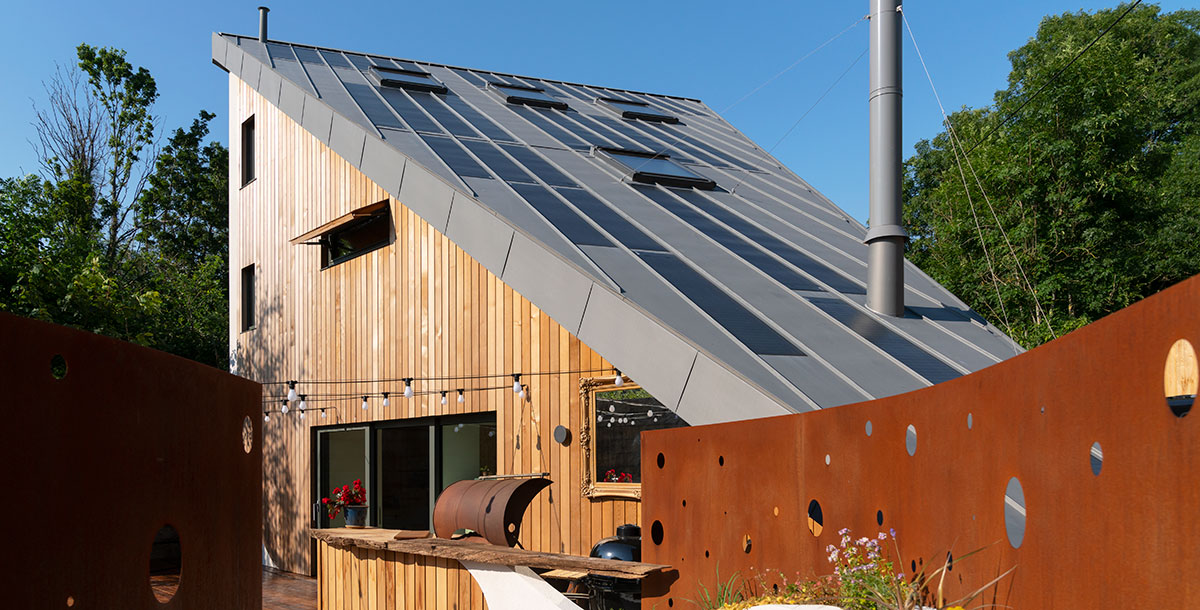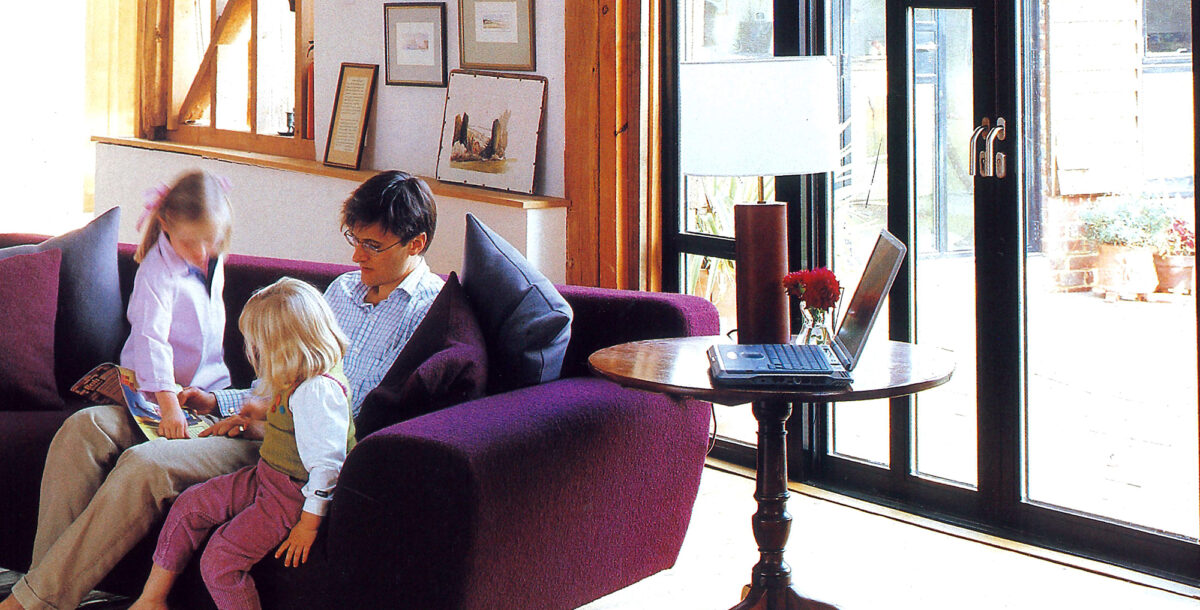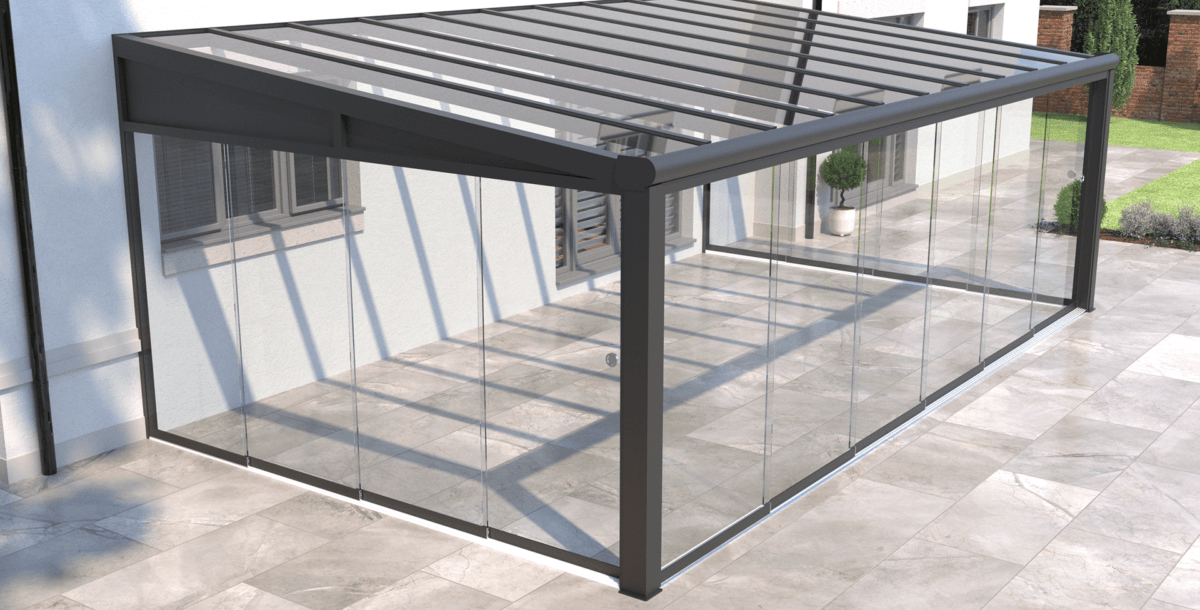Home Improvements, Sustainable Design
A guide to renewable energy systems
How to choose the right system for your home and maximise the benefits
Sunshine and warmth from the air or ground is constantly renewed. By tapping into these resources we can reduce our carbon footprints and cut the running costs of appliances, heating and hot water. Solar panels are the best-known method of renewable energy systems. Solar thermal systems produce hot water and photovoltaics (PV) generate electricity.
But as a result of the drive to encourage the adoption of low-carbon heating as a replacement for gas boilers, the awareness of heat pumps is rapidly catching up. These work by channelling and concentrating the warmth stored in the ground or in the air, operating much like a fridge in reverse, extracting the heat from the outdoors and expelling it into the home.
Solar power
When it comes to solar panels, PVs are the most versatile. The electricity generated can directly power appliances, heat water in a tank or be stored in a battery. As electricity is currently the costliest form of energy, PVs can help to cut energy bills. Especially if you are able to time your greatest demand for power, to take advantage of the brightest daylight hours.
Solar thermal panels are great at delivering hot water, and they make economic sense if you have high demand. Fitting panels on a south-facing roof is best as it will receive the most heat, which is stored in a tank until it’s required. But for PVs, east- or west-facing roofs may produce as much power at the times you need it. Get a specialist engineer to carry out heat demand calculations to help you decide on the options.
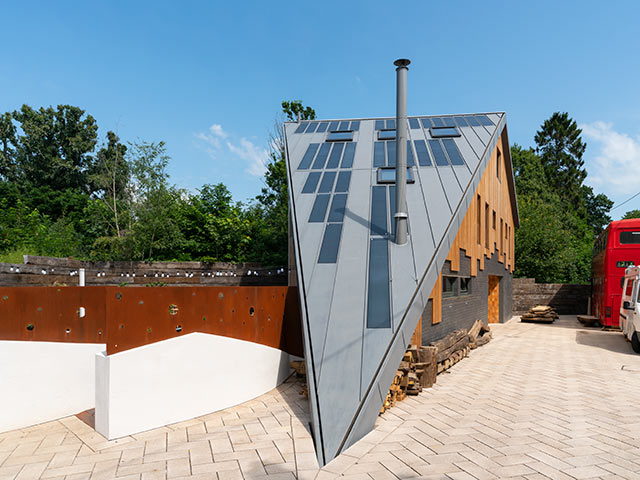
The 3.5kW Bipvco PV panels on the roof of this three-bedroom self-build in West Sussex are self-adhesive and just 4mm thick. Photo: Jefferson Smith
Heat pumps
Heat pumps are suitable for pretty much any well-insulated house – which should include any new self-build. Because they tap into an abundance of renewable energy, you get two or three units of heat for each unit of electricity used to run the pump, so the running costs are on a par with gas. Plus, the proportion of renewable electricity supply in the national grid means the carbon footprint of a pump is much lower than a gas boiler’s.
An air-source heat pump (ASHP) is cheaper and simpler to install in most homes than a ground-source heat pump (GSHP). The latter uses a buried coil to collect heat from under the ground. GSHPs are more efficient, especially for big projects, but are more expensive to install, requiring either extensive groundworks or a deep borehole.
If your home is off the gas grid, installing a heat pump is a good choice. This is because fuel alternatives such as liquefied petroleum gas (LPG), oil or biomass are more expensive, more polluting or both – and all are high carbon.
The government has said no gas boilers should go into new homes in England from 2025; in Scotland the date is 2024. Both administrations are pushing for heat pumps to be widely adopted. By completing a self-build with an electrically powered cooker such as an induction model, you can avoid the connection fee and the standing charges for gas altogether.
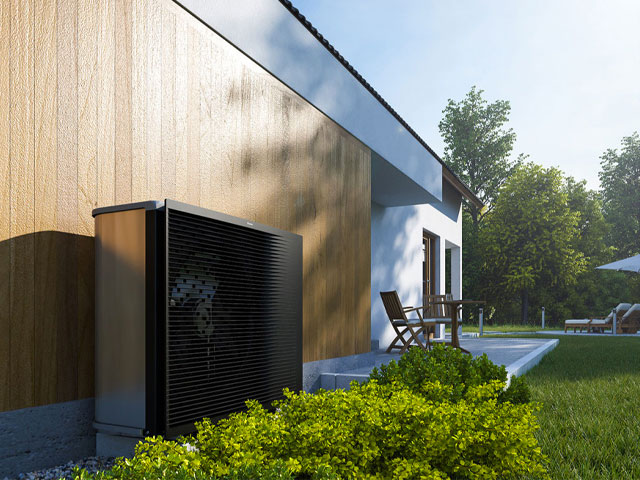
The Daikin Altherma H HT E-Series heat pump
The trouble with wood burners
Wood heating can be classed as renewable as it ultimately derives from the sun’s energy. But biomass fuel such as wood is falling out of favour for two important reasons. Firstly, although timber is renewable, it is not low carbon. There is an urgent need to capture and store carbon dioxide in our forests and soils. Burning wood releases that carbon dioxide back into the atmosphere, the opposite of carbon storage.
Secondly, there is increasing evidence that the smoke from stoves – even low-pollution ones – is harmful to health. This includes the people using the stove and everyone nearby. In London, for example, up to one third of the particulate pollution in the air comes not from diesel engines, but from burning wood. The government has already started to bring in restrictions on solid fuel burning. Many campaigners are also lobbying for these to be tightened, which could make wood-burning stoves unusable one day.
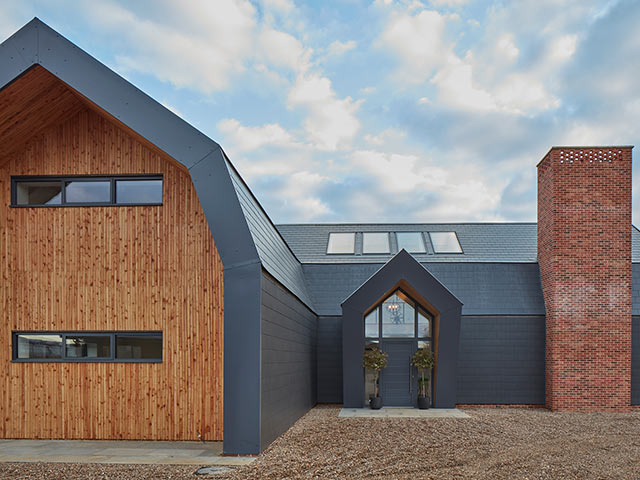
A GSHP keeps this five-bedroom Lincolnshire self-build family home cosy. Photo: Andy Haslam
How much will it cost?
When solar panels first became available they were expensive, so the government offered a generous subsidy, called a feed-in tariff (FIT). The FIT has been discontinued and replaced with the rather less generous Smart Export Guarantee (SEG), run by individual energy companies. Panel prices have fallen though. A PV installation should cost around £6,000 to £10,000 plus installation according to checkatrade.com. Roof-integrated PV, where the collectors are integrated into roofing panels, give a more streamlined look. They might also work out cheaper if being built into a new roof construction, as you will save on an area of tiling.
A battery gives you the maximum flexibility to use which also has a 10kW PV system. This produces more energy than it uses your solar power for anything – cooking, lighting, watching TV – at any time. The outlay is around £8,000 for a battery that will hold about a day’s worth of energy. Additionally, it may only just pay for itself with the energy it saves you over its working lifetime.
Under the Boiler Upgrade Scheme, which runs until 2028, the government contributes a fixed sum towards the cost and installation of a renewable energy system (similar to the Green Homes Grant). Currently, an air-source heat pump costs from £8,000-10,000, and a ground-source heat pump from around £13,000. The Boiler Upgrade Scheme (available in England and Wales, but not Scotland or Northern Ireland) aims to ease this financial burden by making £5,000 grants available for the installation of air-source heat pumps and biomass boilers, and £6,000 for ground-source heat pumps.
Manufacturers and the government are consulting on solutions to drive down the price of heat pumps and make them on a par with fossil fuel boilers by 2030. Providing ministers succeed in reducing the price of electricity over the next decade, by shifting levies away from electricity bills, the running costs should be no higher either. Good insulation helps to ensure a home reaps the most economic benefit.
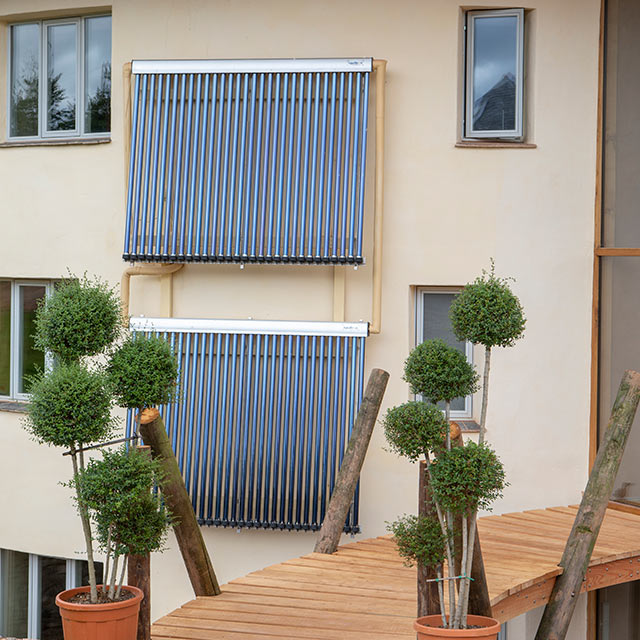
Solar thermal panels heat the water for this cob house in Devon, which also has a 10kW PV system and produces more energy than it uses. Photo: Mark Bolton
Get the right help
All renewable technologies need specialist design and installation – particularly if you plan to claim government support. Ensure your system and your installer are certified under the Micro-generation Certification Scheme (MCS), see mcscertified.com for details.
5 tips for low-carbon success
Get the best from your system with advice from Hannah Jones of Greengauge Building Engineering:
- Reduce your home’s demand for power so your renewables supply as much of your energy as possible. Insulation, airtightness and good ventilation systems are essential. Consider mechanical ventilation with heat recovery (MVHR), so you can keep reusing the same heat to warm up your fresh air supply.
- You need to know how much energy your household is using, and when, to work out which renewables are best for you. The Standard Assessment Procedure (SAP) calculation will give your system designer some idea. However, the Passive House Planning Package (PHPP) software is useful whether you’re building a Passivhaus or not, gives more accurate detail.
- In a well-insulated home, hot water is a big proportion of the heat demand, so use it efficiently. Guidelines from the Association for Environment Conscious Building (AECB) can help you save energy and water, maximising the benefit of solar panels, and ensuring heat pumps work efficiently.
- Allow space for the appliances and equipment. Ventilation systems need room for the fan unit, silencers and ductwork. Heat pumps require a hot water cylinder, and air-source pumps also need an external unit close to the house.
- Heat pumps are more efficient when they run at a low temperature, so you’ll need big enough radiators, fan radiators, or underfloor heating. Underfloor heating isn’t necessary though, especially if your house is well insulated. Radiators may be cheaper, and give better temperature control, as they heat up and cool down faster.

